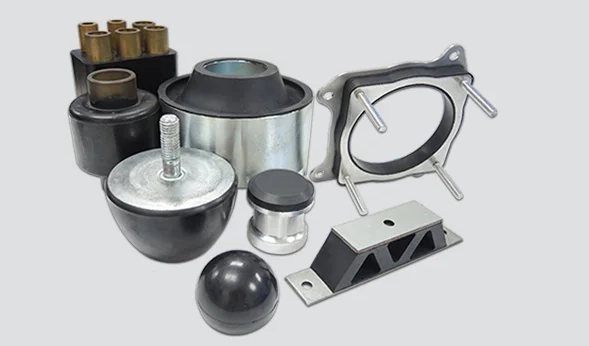Unpacking the Truth: Are Paper Bags Truly Non-Toxic?
In recent years, the conversation surrounding environmental sustainability has gained significant momentum, leading consumers and businesses alike to seek eco-friendly alternatives to traditional plastic bags. Among these alternatives, paper bags have emerged as a popular choice. However, a pressing question remains: Are paper bags non-toxic? This article delves into the composition, manufacturing processes, and environmental impact of paper bags to provide a comprehensive understanding of their safety and sustainability.
Understanding Paper Bags: Composition and Manufacturing
To assess the toxicity of paper bags, it is essential to first understand their composition. Most paper bags are made from wood pulp, which is derived from trees. The production process involves several steps, including pulping, bleaching, and processing.
- Pulping: The wood is broken down into fibers through mechanical or chemical processes. Mechanical pulping retains more lignin, which can affect the bag's strength and appearance, while chemical pulping results in cleaner, stronger fibers.
- Bleaching: This step is crucial for achieving the desired whiteness and brightness of the paper. Traditionally, chlorine-based bleaches were used, which raised concerns about the release of dioxins—a group of toxic chemical compounds. However, many manufacturers have shifted to using chlorine dioxide or oxygen-based bleaching methods, which are considered safer and less harmful to the environment.
- Additives: To enhance the performance of paper bags, manufacturers may incorporate various additives, such as sizing agents, coatings, and inks. While some of these additives can be non-toxic, others may contain harmful substances. It is vital for consumers to be aware of the specific brands and their ingredient lists.
Evaluating Toxicity: Are Paper Bags Safe?
The term non-toxic can be subjective and context-dependent. In general, paper bags are considered safer than their plastic counterparts for several reasons:
- Biodegradability: Paper bags decompose naturally, breaking down into organic matter within a few months under the right conditions. This contrasts sharply with plastic bags, which can take hundreds of years to decompose, posing long-term environmental hazards.
- Chemical Exposure: While some paper bags may contain additives that could be harmful, the overall risk of exposure to toxic substances is lower compared to plastic bags, which can leach harmful chemicals into food and beverages. The FDA has classified paper as safe for direct food contact, provided it meets specific guidelines.
- Recyclability: Paper bags are widely recyclable, which helps reduce waste and conserve resources. However, it is essential to ensure that they are clean and free from contaminants before recycling.
Environmental Impact: A Broader Perspective
While paper bags are often marketed as a more sustainable option, it is crucial to consider their environmental impact holistically. The production of paper bags requires significant energy and water resources, and the logging of trees can lead to deforestation if not managed sustainably.
- Sustainable Sourcing: Many manufacturers now source their paper from sustainably managed forests, certified by organizations such as the Forest Stewardship Council (FSC). This ensures that the trees are harvested responsibly, minimizing ecological damage.
- Life Cycle Assessment: A life cycle assessment (LCA) evaluates the environmental impact of a product from cradle to grave. Studies have shown that while paper bags have a higher carbon footprint during production compared to plastic bags, their overall impact can be lower when considering their end-of-life benefits, such as biodegradability and recyclability.
- Consumer Behavior: The environmental benefits of paper bags can be maximized through responsible consumer behavior. Reusing paper bags multiple times before disposal can significantly reduce their overall environmental footprint.
Conclusion: Making Informed Choices
In conclusion, paper bags can be considered non-toxic and a safer alternative to plastic bags, particularly when sourced from reputable manufacturers that prioritize sustainable practices. However, consumers should remain vigilant about the specific products they choose, as not all paper bags are created equal. By understanding the composition, manufacturing processes, and environmental implications, individuals can make informed decisions that align with their values of health and sustainability.


